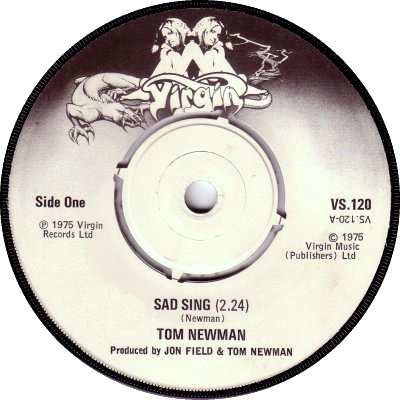
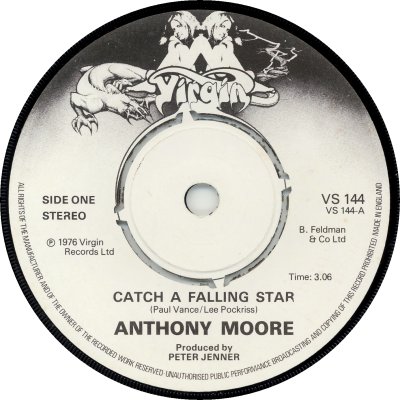
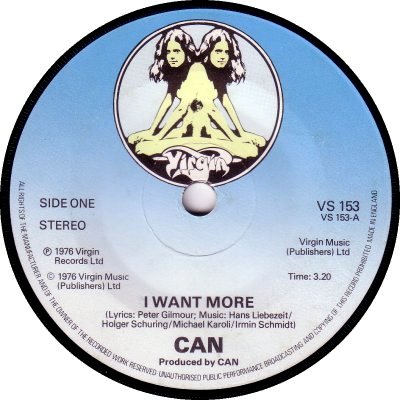
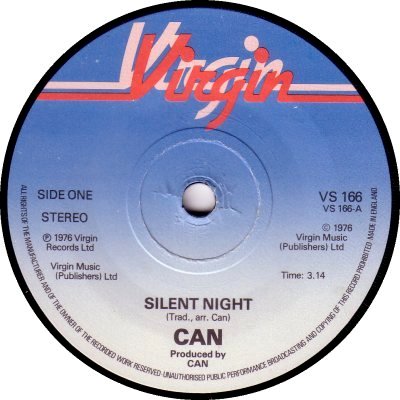
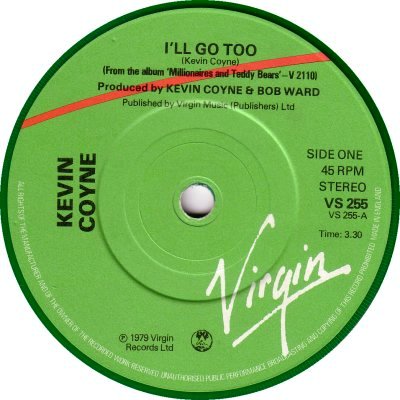
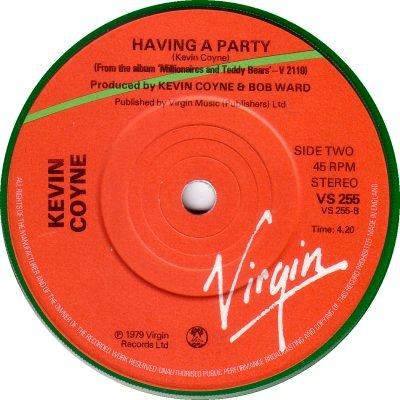
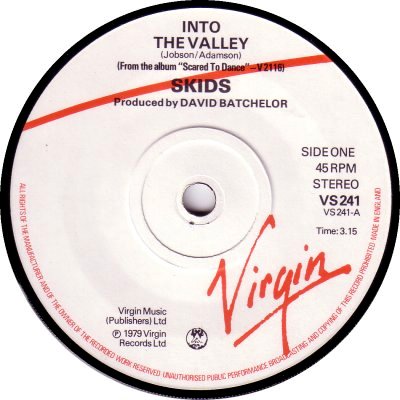
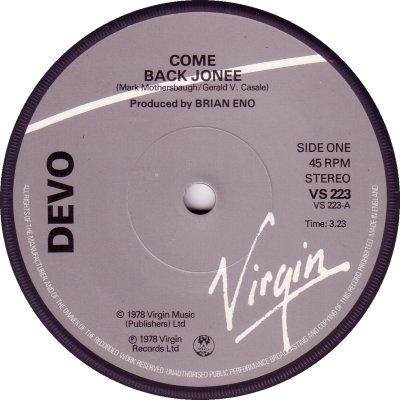
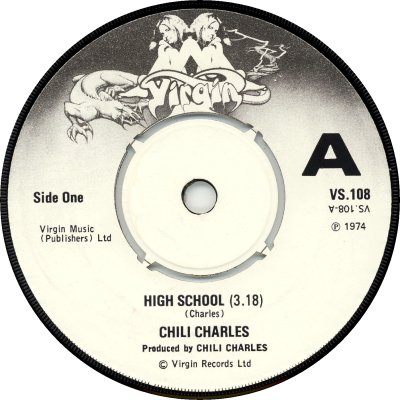
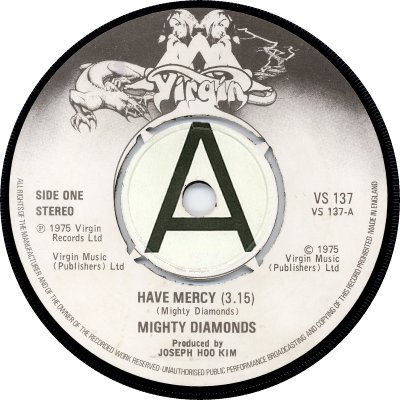
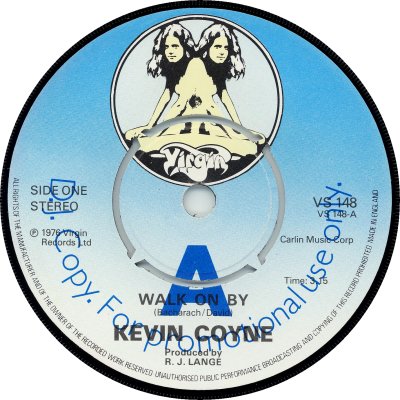
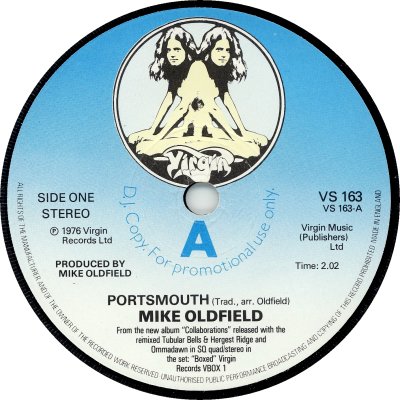
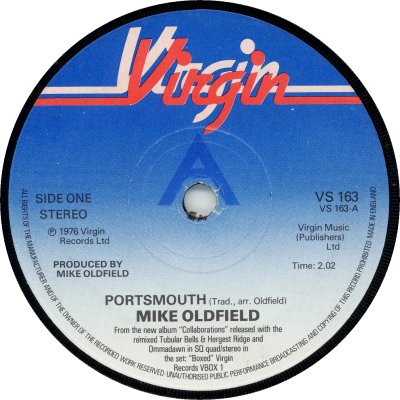
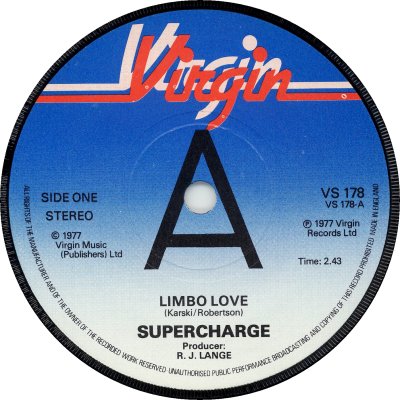
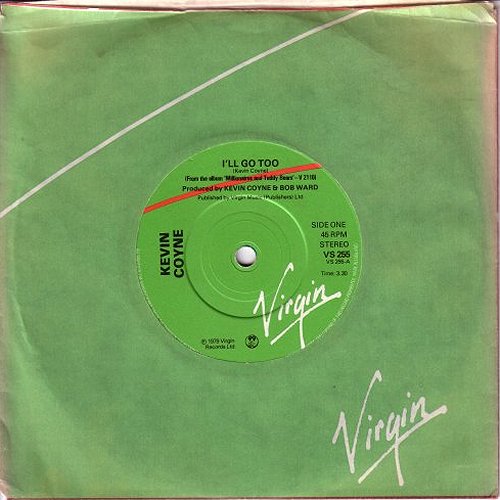
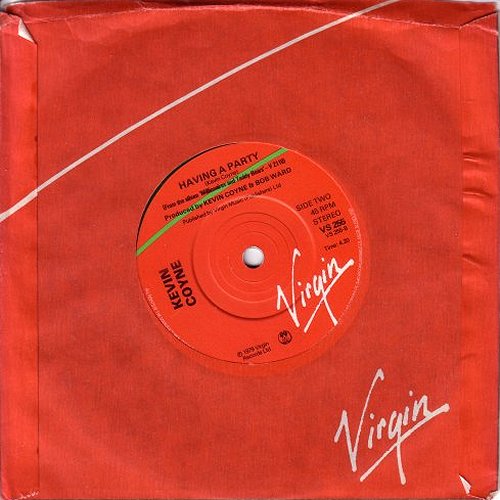
Can there be anybody in the world who doesn't know that Virgin Records was started by Richard Branson, and was the foundation for what was to become the worldwide Virgin empire? Probably not. Be that as it may, its first mention in the music trade press was a modest one: 'Record Retailer' of the 26th of September 1970 contained an article which said that Richard Branson, the editor of 'Student' magazine, had plans to open a studio, a record shop and a record label 'within a few months', and that all of them would go under the name of 'Virgin'. The plans must have gone somewhat awry: a mail-order record business and a record shop (in Oxford Street, London) appear to have opened within the stipulated time, but the opening of the recording studio was delayed until 1972 and the record label only saw the light of day in 1973. 'Music Week' of the 13th of March of that year claimed that Branson's new label was expected to be launched 'soon' through CBS, but a month later the issue of the 14th of April revealed that a two-year pressing and distribution deal had been signed with Island. The article described Virgin Records as a new company, and added that Branson was owner of the Virgin retail chain, the initial shop having by that time become several. The new label made an encouraging start: 'MW' of the 9th of July was able to report that its first release, Faust's album 'The Faust Tapes', had sold 40,000 copies in its first week, and the 'Gossip' column of the issue of the 14th of July added that Mike Oldfield's 'Tubular Bells' LP had shifted 20,000 copies over a similar period. 'Tubular Bells' went on to become something of a phenomenon, and sold massively; a single containing a re-recorded excerpt from it gave Virgin a rare Singles Chart success some twelve months after the release of the album.
At first Virgin appears to have concentrated its efforts on the album market. Musically speaking, Branson and his team had time for the uncommercial and the off-the-wall, and artists such as Kevin Coyne, Henry Cow, Gong and Hatfield & The North graced Virgin's catalogue; their natural habitat was the LP. That said, Mike Oldfield's seasonal 'In Dulci Jubilo' b/w 'On Horseback' went Top 5 in the run-up to Christmas 1975. 1976 saw a change in emphasis, however. 'MW' of the 24th of January reported that Virgin was planning to concentrate on more commercial single releases, while the following week's issue (31st January) added that the company had signed several Reggae artists, including Keith Hudson - according to the article the Hudson signing was being disputed by Atra Records (q.v.), which meant that there would be no releases by him for the time being. 1976 also saw Virgin leaving the Island stable. 'MW' of the 21st of August broke the news of the departure, and said that new deals had been signed: Anchor (q.v.) had been given 'total sales responsibility', while the pressing and distribution rights had gone to CBS. The reason that was given for the split was that "We were becoming competitive with each other." The agreement with Anchor proved fairly short-lived: 'MW' of the 29th of January 1977 revealed that Virgin had cancelled plans to go into a sales partnership with Anchor and was instead to launch its own sales force, on the 1st of March.
Virgin's policy of pursuing singles sales success gradually began to pay off. German group Can enjoyed an unlikely Top 30 hit with 'I Want More' (VS-153) in August 1976; then in the following year the label managed to do what EMI and A&M had failed to do - it provided a home for those naughty boys the Sex Pistols, and it reaped its reward in the shape of a string of Top 10 hits during the period 1977-79. With bands such as XTC and The Skids scoring regularly in the Charts, Virgin could claim that it had a respectable 'New Wave' presence; The Motors and Yellow Dog provided several slightly more mainstream successes, while the Flying Lizards kept up the company's reputation for quirkiness by registering in the Top 5 with their distinctive version of 'Money' (VS-276; 8/79). Simon Draper, co-founder of the label, became Virgin's managing director in September 1978, following Branson's becoming its chairman earlier in the year ('MW', 30th September 1978). The company remained successful throughout the 1980s, but in 1992 Branson sold it to EMI, reportedly to provide funding for other parts of the Virgin group.
Virgin's singles were numbered in a VS-100 series. Unusually, VS-101 was issued after several other VSes had come out: according to Wikipedia an excerpt from 'Tubular Bells' was put out in the USA as a taster for the album without Mike Oldfield's knowledge, and the number VS-101 may have been kept for a possible British release; when eventually Oldfield re-recorded an excerpt for issue as a single it was given that number. There was a short-lived VEP-1000 series, for EPs, and a VDJ-0 series which was mainly used for promo-only items in various formats. Several different labels were used for the company's 7" records during the '70s. An initial simple white one featuring Roger Dean's 'Two Virgins' started off without permimeter text (1); it gained that text from VS-125 onwards, starting in the summer of 1975. The virgins lost their dragon and the label turned light blue (2) in June 1976 with VS-149; then in November of that year, with VS-166, they themselves were dropped in favour of a 3-D-looking design (3). This lasted until September 1978 and VS-227, when it in turn was superseded by a simple 'slash plus name' label; the standard one had a green 'A'-side with a red stripe (4) and a red 'B'-side with a green stripe (5), but other colours, such as white (6), grey (7) and pink were also used.
Demo labels were merely issue labels overprinted. Initially they were marked in the standard Island Records style of the time, with just an 'A' at two o'clock (9), but from around September 1975 the 'A' grew in size and migrated to the centre (10). With the introduction of the light blue labels the legend 'D.J. Copy. For Promotional Use Only' appeared in large print around the bottom of the label, in mid blue, with an 'A' above them (11). It didn't last very long in that form: after a half-dozen releases or so it shrank in size and migrated upwards, nestling just under the spindle hole (12), where it was to remain until the introduction of the 3-D design. 3-D labelled promos were generally marked with an unobtrusive blue 'A' above the spindle hole (13), though for some reason VS-177 and VS-178 had a large black central 'A', in the style of the later 'Two Virgins' promos (14). The number of records pressed in promo form began to dwindle, however, and there don't appear to have been many - if any - after October 1977. There were no company sleeves during the Island / EMI and early Anchor / CBS years, singles coming in plain white ones, but an appropriately logoed sleeve was introduced with the red / green labels. Like the labels, it had one green side and one red side (15, 16).
For the first part of its life Virgin came under the Island Records unbrella, with distribution shared by Island and EMI. Island had its own pressing plant but it seems to have concentrated upon albums; the style of their matrix numbers suggests that during that period the vast majority of Virgin singles were EMI products. 'MW' of the 21st of June 1975 quoted an Island spokesman as saying that the plant would 'probably extend to singles next year', which lends weight to the theory that EMI had been responsible for pressing singles on Island and its associated labels up to that point. As was stated above, CBS took over both distribution and manufacture after Virgin left Island. Virgin had a Reggae subsidiary, Front Line (q.v.); it was also responsible for handling the album-only Jazz label JCOA ('MW', 31st August 1974). The discography below only covers the 1970s.



Copyright 2006 Robert Lyons.

